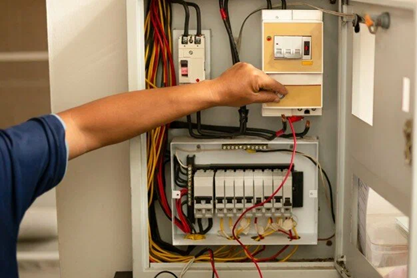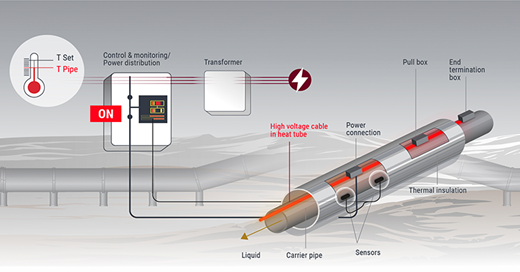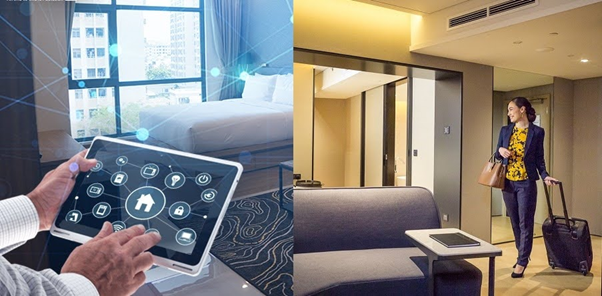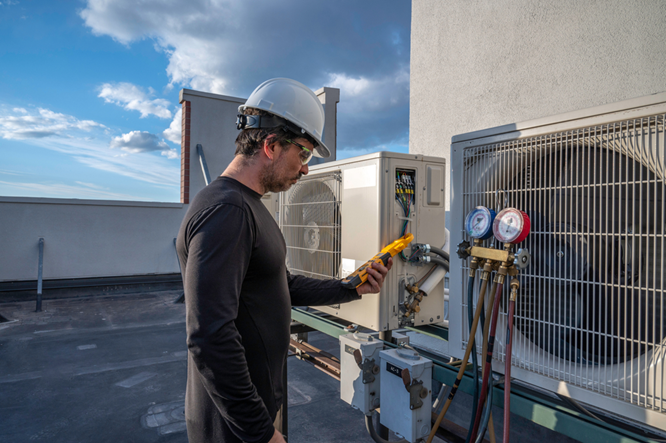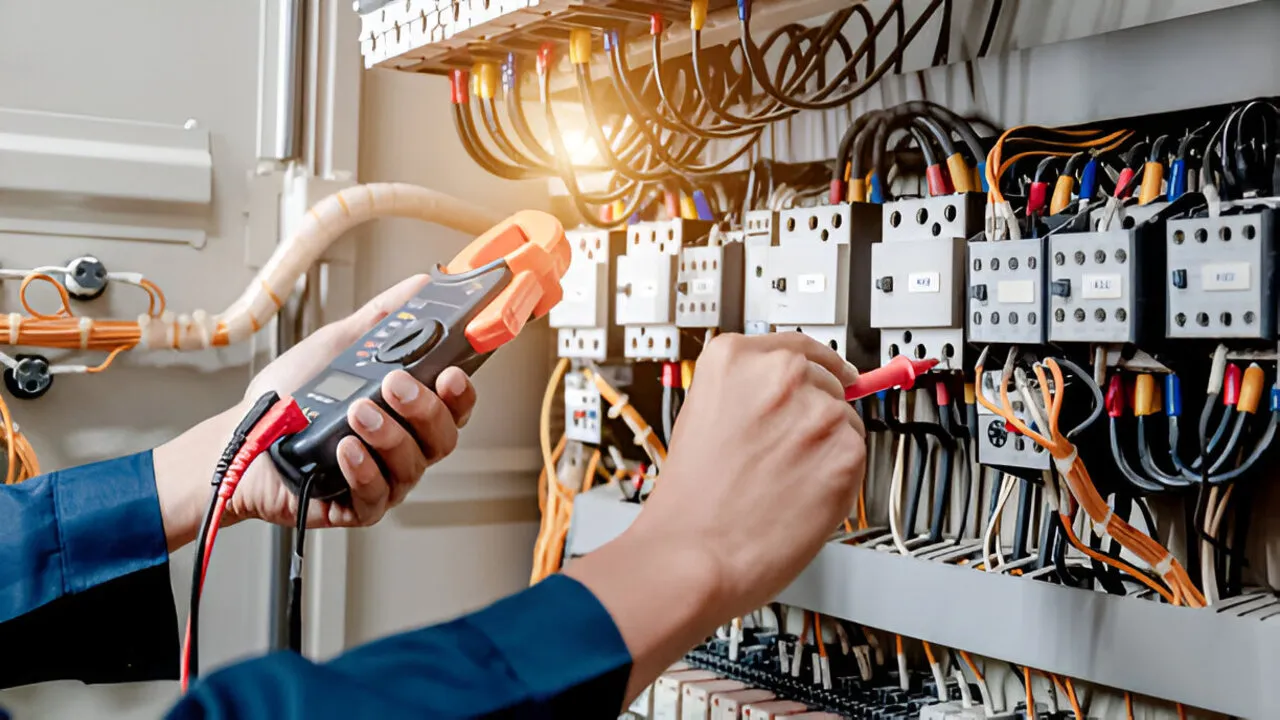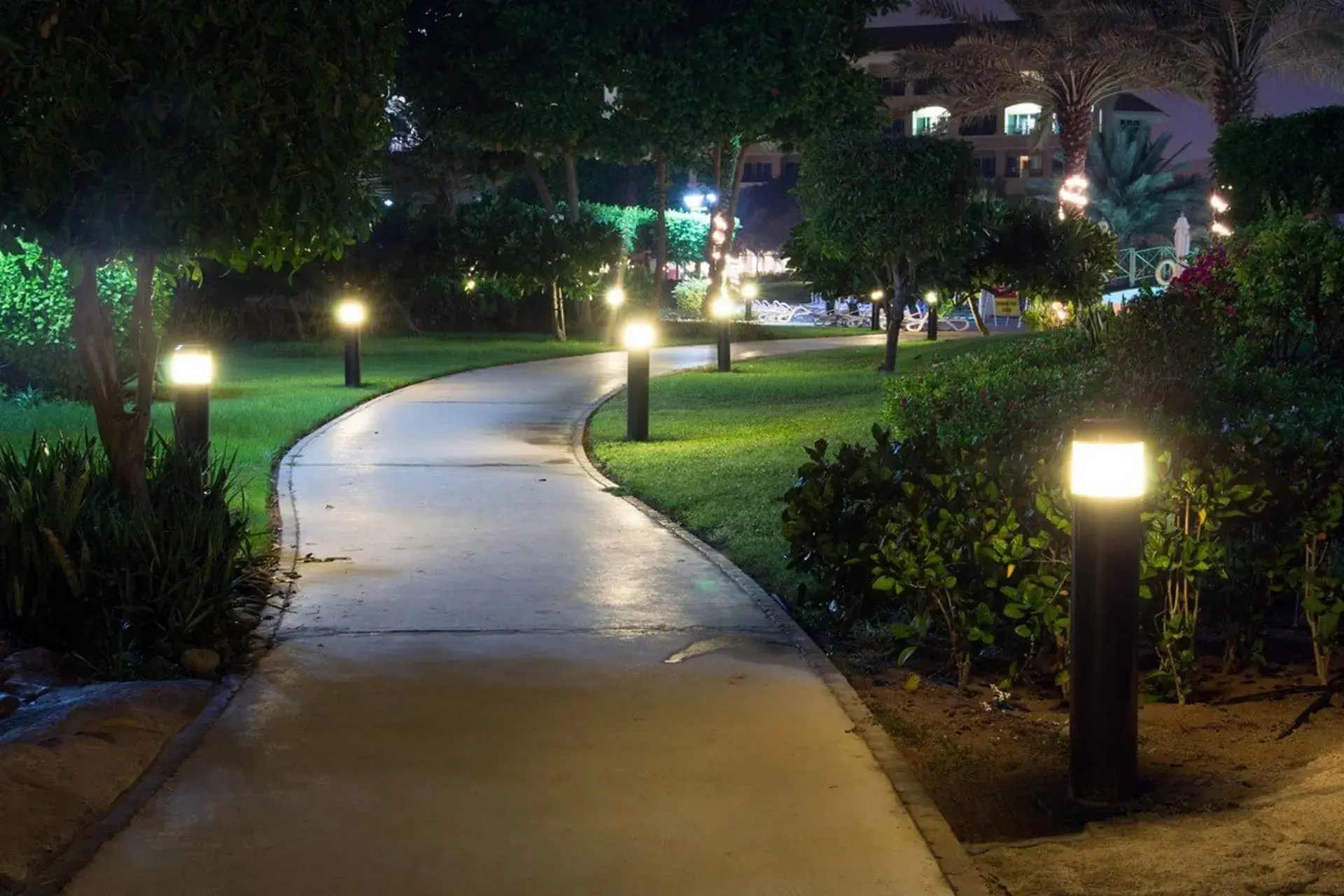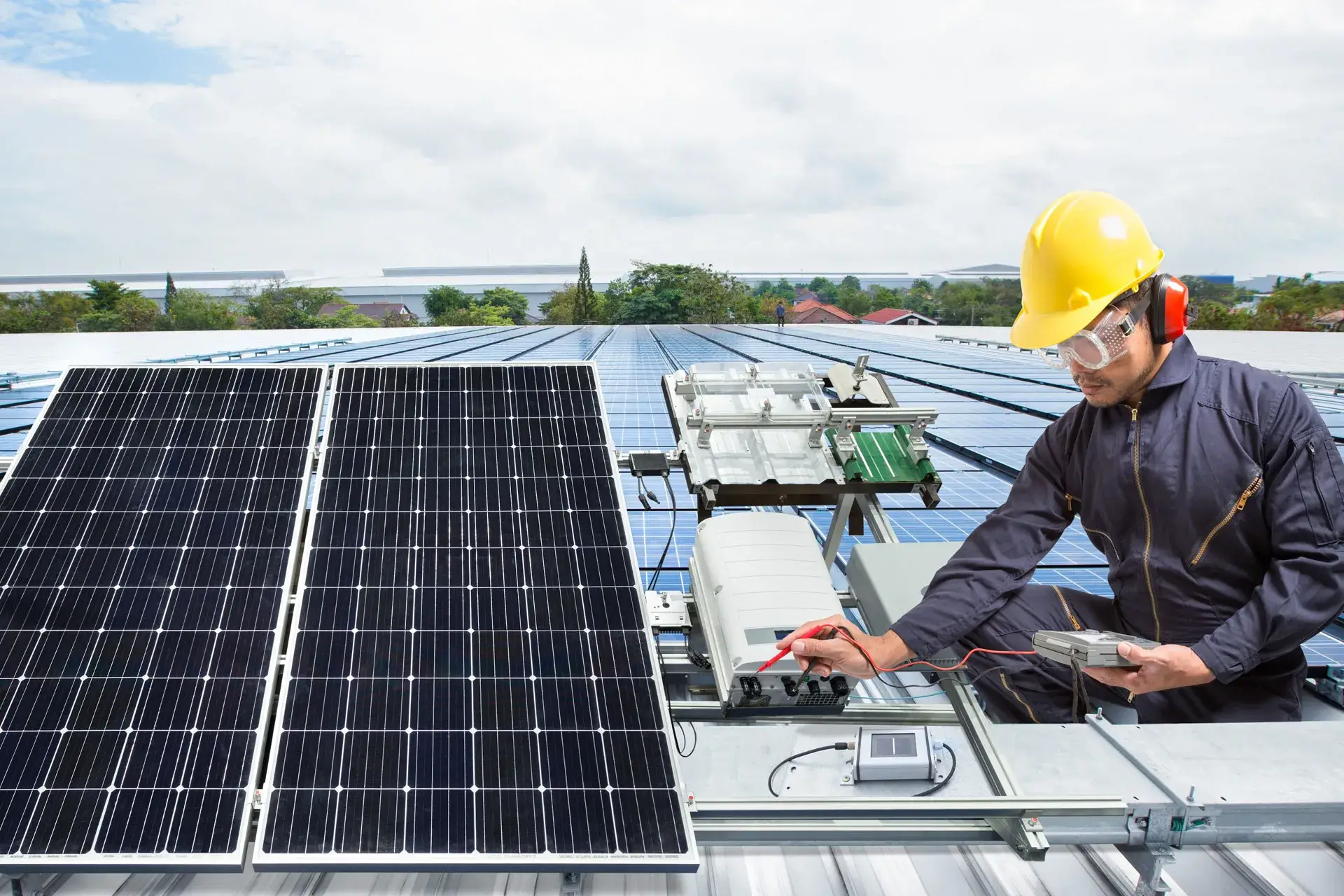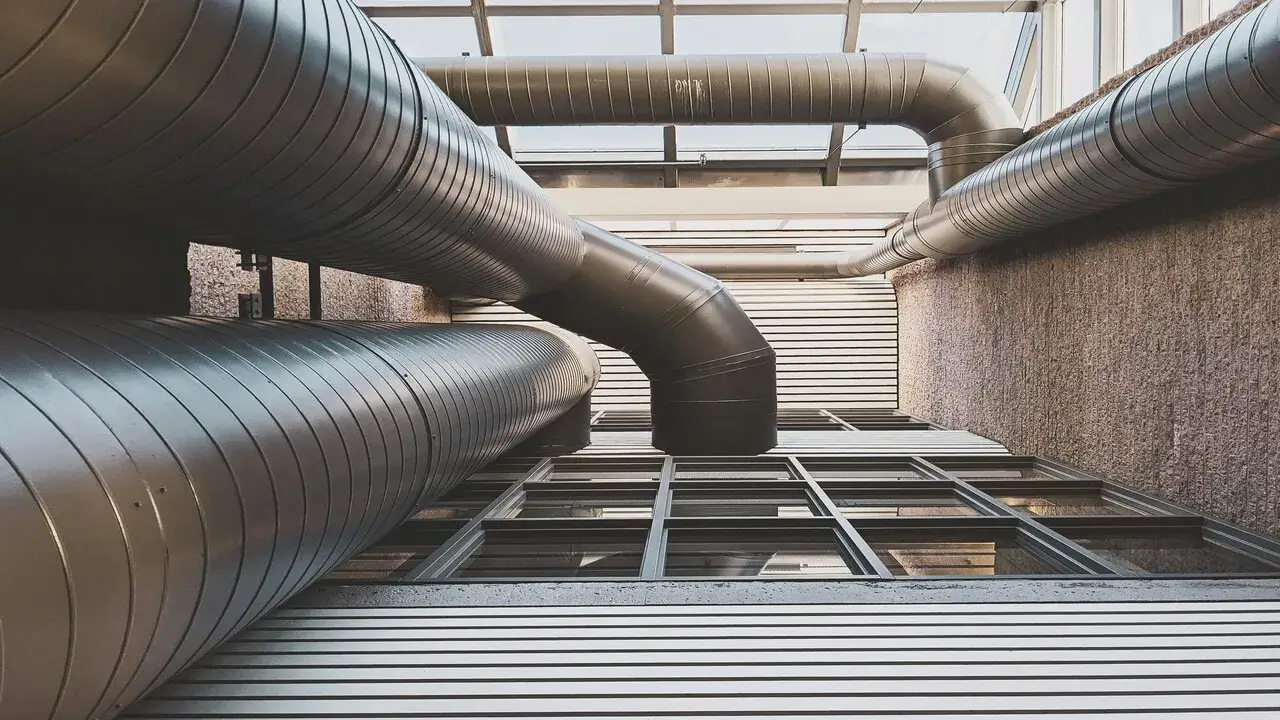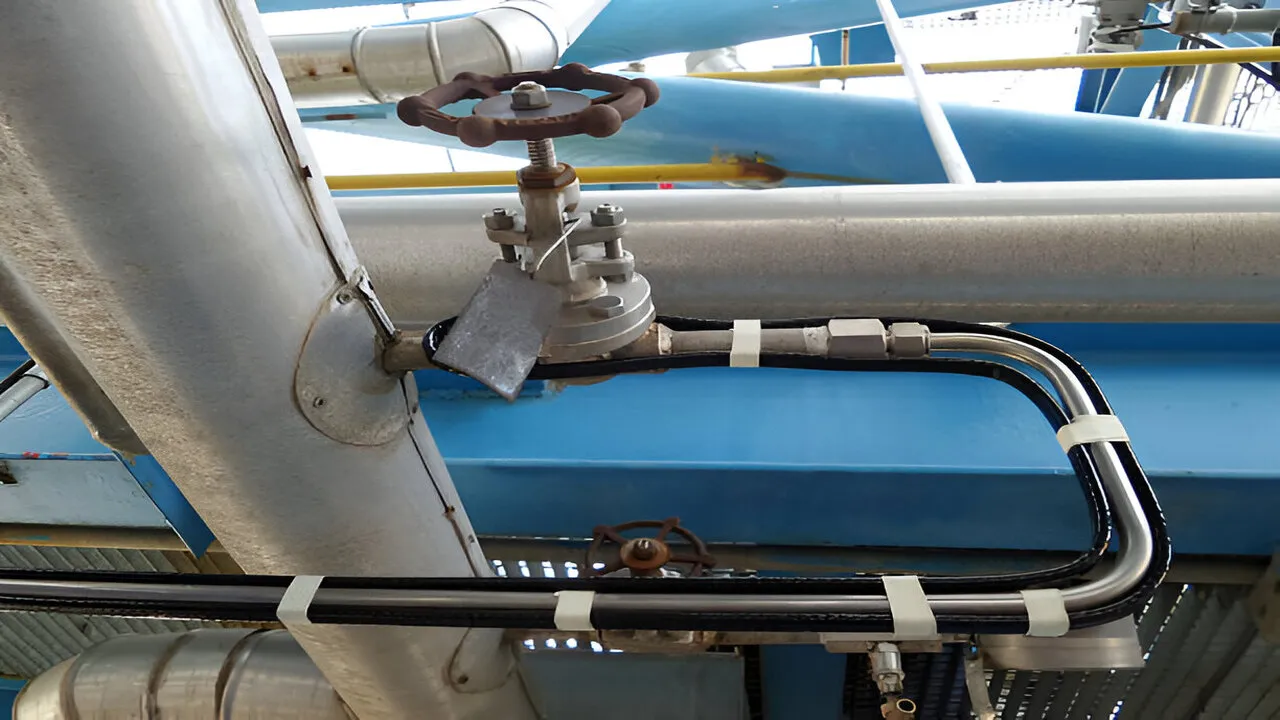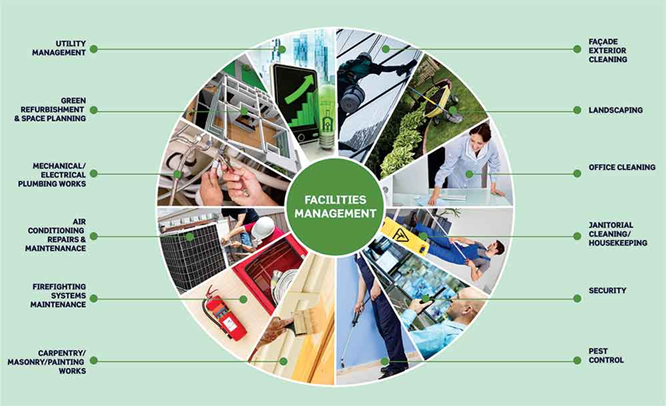
Smart Facility Management Services in UAE keep buildings and sites working without costly stops. In the UAE and Gulf, businesses run around the clock. Broken coolers, blackouts, or sluggish repairs cost money and damage reputations. Cities in the area promote smarter, more environmentally friendly construction; owners employ innovative methods to minimize expenditures and reduce downtime.
Get to know how they work, why they matter in the Gulf, and how you can act now to protect operations and profit. They help teams coordinate daily tasks and contracts.
Smart Facility Management Services: what they do and why they matter
People run buildings better when they use data and clear work steps. They use sensors, apps, and skilled teams to spot problems early and fix them quickly. Managers track assets in real time, plan maintenance by condition, and send technicians straight to the issue. This approach keeps systems reliable, lowers repair costs, and raises tenant satisfaction. Many organisations pair them with digital platforms to get faster results.
They stop surprises by using predictive maintenance and alerts.
They link cleaning, security, and mechanical work through one view.
Also, they show clear KPIs for asset uptime, energy use, and cost per square metre.
Core parts of a smart facility program
Digital monitoring and IoT
Sensors feed live data about temperature, vibration, and power to a cloud dashboard. Teams get alerts when a reading goes outside its normal range so they act fast. They often install and manage these sensors.
Integrated service delivery
A single provider or a well-coordinated team handles both MEP services and soft services like cleaning and security. This setup removes handoffs and speeds repairs. Many owners select them that cover both hard and soft scopes.
Mobile workforce and CMMS
A modern CMMS sends work orders to technicians’ phones, shows the fault details, and tracks parts used. The system keeps records for audits and trend checks. They use CMMS to improve response times and transparency.
Business gains for UAE and Gulf organisations
Companies in the Gulf face hot weather, high occupancy, and strict rules. Smart Facility Management Services deliver quick wins in that setting. They reduce friction between vendors and in-house teams.
Cut unplanned downtime and lost revenue.
Reduce energy bills through energy optimisation.
Raise tenant happiness and property value.
Simplify compliance and reporting.
Reports show many UAE firms adopt digital tools to meet sustainability targets and boost uptime.
How smart FM reduces downtime
Use predictive maintenance models to spot wear before failure.
Run remote checks so technicians visit only when needed.
Link spare parts to usage trends so teams do not wait for supplies. They coordinate spare parts logistics.
Quick wins
Install IoT monitors on chillers and generators.
Check recurring faults and fix root causes.
Train in-house teams on the dashboard and work apps.
Use one platform for all service requests.
Track MTTR and MTBF to measure progress.
Roadmap to implement in the Gulf
Audit and priority mapping
List critical assets and rate what each failure would cost.
Pull past work orders and outage costs to spot patterns. They can run this audit.
Tech and integration
Add sensors and connect them to a cloud CMMS.
Tie energy systems and security feeds into one dashboard. Choose services that handle integrations.
Process redesign and training
Create clear mobile work orders and SLA rules.
Run hands-on training for technicians and managers.
Continuous improvement
Review KPIs monthly.
Tune algorithms and expand what you monitor.
Cost and return on investment
You need to spend on sensors, software, and staff training to start. Many firms pay back that cost within a few years. Owners see savings from fewer emergency repairs, lower energy bills through energy optimisation, and longer asset life. Outsourced models can make costs predictable and free internal teams to focus on core business. Local Facility Management Services in Dubai often offer phased pricing to ease the initial spend.
Best practices to keep systems running
Rank assets by how critical they are, not by age.
Use clear alert thresholds to avoid too many false alarms.
Keep spares for parts that fail often.
Run recovery drills for power and HVAC systems.
Tie vendor SLAs to your busiest hours.
These teams use these practices to drive consistent results.
Sustainability and energy focus
Smart Facility Management Services link maintenance to energy goals. The system flags inefficient patterns so teams clean filters, rebalance airflow, or repair heat exchangers. Small fixes add up to big savings and support Emirati sustainability plans. They help implement site-level energy plans and monitor progress.
Track energy per square metre.
Adjust HVAC schedules to building use.
Use demand-response to cut peak costs.
Three service models with pros and cons
In-house managed smart FM
You keep control of staff and data.
You pay more for training and tech.
This model suits large portfolios with strong teams.
Outsourced integrated FM
One provider handles MEP services and soft services.
You get steady monthly costs and unified reports.
This model gives fast access to tools and skilled staff.
Hybrid partnerships
You manage core sites; vendors handle niche tasks.
You keep flexibility and scale on demand.
You share KPIs and improve together. Many facilities use them in hybrid models to balance cost and control.
What to measure every month
Uptime for critical systems.
Mean time to repair (MTTR).
Mean time between failures (MTBF).
Energy use per square metre.
Cost per work order.
They report on these KPIs to show value.
Common mistakes and how to avoid them
You should avoid to:
Buy point tools that do not connect.
Skip change work with frontline staff.
Judge success only by cost; measure uptime and tenant feedback.
Use low-quality sensors that give false alerts.
Work closely with them during rollout to avoid these pitfalls.
How to Start
Rate assets by criticality and cost impact.
Pick a CMMS that integrates with sensors.
Set clear KPIs for uptime and energy use.
Train a small team to run the pilot.
Plan spare-part stock for top failure items.
Some of them offer pilot bundles that match this checklist.
Choosing the right Gulf partner
Pick a vendor with local experience and strong tech. Ask for proof of results, not just promises. Check UAE case studies, verify local rules knowledge, and demand clear KPIs. Choose a partner that can deliver the best services across your whole portfolio, not only one site. Many organisations combine in-house teams with third-party Facility Management Services for scale.
Smart Facility Management Services like Pak Link AE make buildings run well every day. They provide the bridge between technology and reliable operations. Also, they improve tenant trust and asset value. At the same time, they keep your business open when it matters most.
FAQs
How much downtime can smart FM prevent?
Companies often cut unplanned downtime by 30–60% when they adopt predictive maintenance and centralised checks.
How fast do UAE businesses recover their investment?
Many recover costs in 12–36 months from lower energy use, fewer emergency fixes, and longer asset life.
Which assets give the fastest returns from sensors?
HVAC systems, chillers, pumps, and switchgear show quick savings when teams monitor them.
Can small Gulf businesses afford smart FM?
Yes. Vendors sell scaled packages, pay-as-you-go software, and bundled services that fit small and medium sites. Local services tailor offerings to SME budgets.
How does smart FM improve energy performance?
Smart systems reduce waste by:
Monitoring real-time use.
Aligning schedules to building use.
Alerting teams to dirty filters and faulty valves.
Running demand-response during peaks.
Fixing faults fast to avoid long-term loss.
What cuts mean time to repair (MTTR)?
Teams cut MTTR by:
Sending mobile work orders with fault photos.
Holding common spare parts on site.
Using remote diagnostics to decide who must go.
Training techs on standard fixes.
Setting clear escalation rules and vendor response times. They coordinate escalation and spare parts to reduce MTTR.

